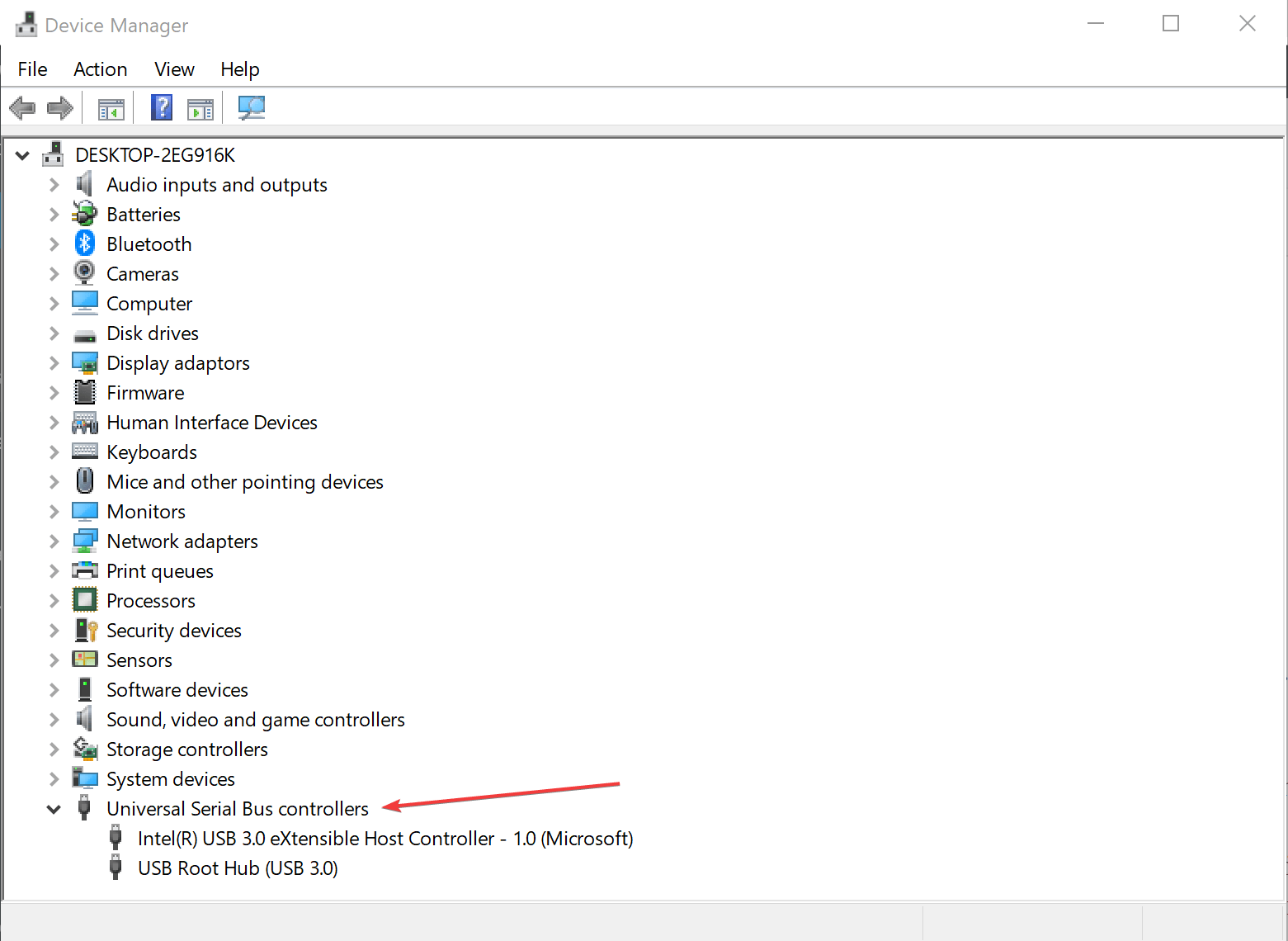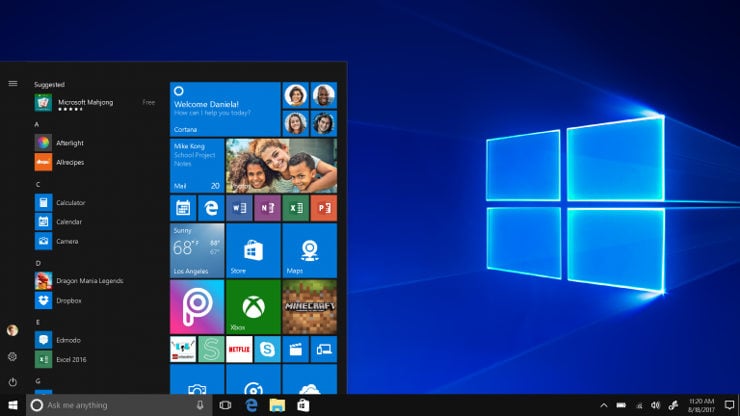Win 10 Slow Device Open
Win 10 Slow Fix
May 23, 2015 A few simple tips on how to fix Windows 10 slow boot and start menu issues. How to fix Windows 10 slow boot issues. Delay in file, folder, programs opening, slow commands, to open a picture or word or pdf file it takes about 10 minutes to respond, please help me with this issue.


Windows 10 has been evolving into a beautiful OS, ever since the Technical Preview was rolled out last year.

From the availability of Microsoft’s Personal Digital Assistant, Cortana, to Project Spartan aka Microsoft Edge browser, it offers a great experience.
But since the OS isn’t final yet, there are quite a few bugs in it. Here we list out some of the most annoying ones which we encountered with Windows 10.
Windows 10 boots very slowly:
Chances are you have run into a black screen with a cursor on Windows 10. It takes quite a bit of time for the desktop to appear. Though this is a very common issue, Microsoft is yet to acknowledge it as a known issue. Many threads at the Windows Insider Program forums, reported this issue, and the suggestions which Microsoft’s employees offer to the affected users, do not offer a permanent solution.
How to fix Windows 10 slow boot issues:
These are some basic workarounds that will help your PC boot faster.
1. First ensure, that you are running a reputed antivirus solution on your PC. Run a full scan to detect and remove malwares/viruses.
2. Open the Task Manager, and click on more details. Then click on the “Startup tab”. Observe the items listed there, consider disabling the ones with high impact on the startup time. Do not disable your antivirus or other essential apps. If you are unsure, scroll down this article, to learn how to enable fast startup.
How to enable Fast startup and shutdown in Windows 10:
If you are using Windows 10 Insider Preview on a laptop, you can use Hybrid Startup and Shutdown, to hibernate the system. Right Click on the battery icon and select Power Options (or do so from the Control Panel).
On the left pane, click on “Choose what the Power button does”.
Now click on, “Change settings that are currently unavailable”.
Check the “Turn on fast startup” option and click on save changes.
This will help you skip the annoying wait to boot up the system and the black screen with the cursor. You can also disable fast startup and shutdown in the same way.
Windows 10 Start Menu is not responding:
Sometimes, the Start button in Windows 10 will not respond, thus preventing the user to access the Start Menu. Even though left-clicking on the Start Menu doesn’t work, right-clicking on the Start Menu and the taskbar will still work. You can fix it by running a simple command in Powershell.
Note: Before you try this, make sure you backup the data of your Windows Store apps.
Bring up the Run window, by pressing Windows Key + R, and type the command Powershell and hit ok or enter.
Now right click on the taskbar icon of Powershell, and click on “Run as Administrator”.
Copy and paste the following command in the Powershell window and hit enter.
Get-AppXPackage -AllUsers Foreach {Add-AppxPackage -DisableDevelopmentMode -Register “$($_.InstallLocation)AppXManifest.xml”}
Wait for the command to be executed completely. You may see some red colored text in the Window, ignore them. This should bring the Start Menu back to life.
(Tip via Techmesto)
Taskbar not responding in Windows 10:
If you find that the taskbar is not responding, press Control + Alt + Delete to bring uo the Windows Task Manager. Find the process named Windows Explorer, and end it. Now click on File > Run New Task and type explorer. Check the option to “Create this task with administrative priviliges ” and hit the ok button or press enter. This should restart Windows Explorer, and the taskbar should respond again.
Win 10 Slow Device Open Failed
This will save you the hassle of rebooting the computer, just to make the Taskbar work.